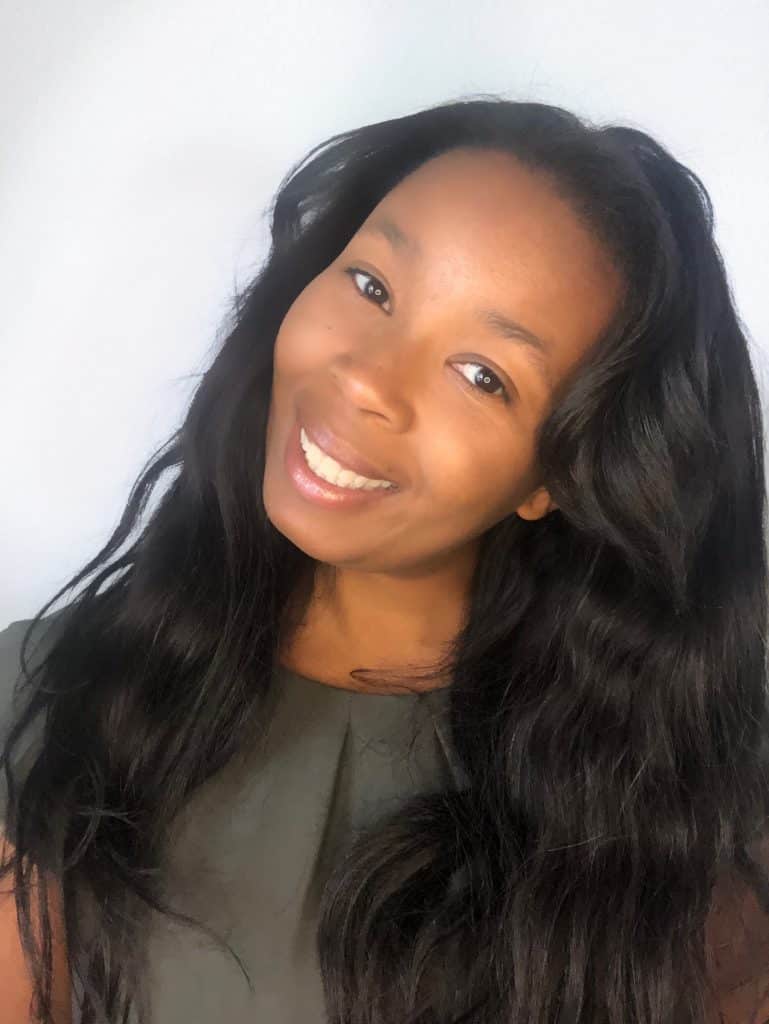Overview:
After the racially motivated shooting of innocent black people in Buffalo, NY is a reminder that healing takes time.
After a tragedy, no one is okay. Buffalo, NY is my hometown, and I still have family and friends who reside there. The day of the White supremacist mass shooting in Buffalo, it took two hours to get in touch with my mother. Imagine looking at your social media feed and finding out a grocery store in your hometown in an area where you have family, friends, and childhood memories was the target of a mass shooting based on the color of your skin.
Being Black has never been easy in the city of Buffalo. At a young age, while playing with my cousin and a friend, I was placed in the back of a cop car and taken to a precinct for the White tears of a peer. We had made a decision that we didn’t want to play with her. She ran home and told her father we hit her, and as a result, we learned White tears are a boundary you don’t cross. We never touched her. We simply didn’t want to play with her, but our boundaries meant nothing.
Yet, in our segregated neighborhoods, we learned about community and had communal experiences. My grandmother’s house was the open door you’d enter when you wanted or needed a place of refuge. I was walked to school by a neighbor each day until about 5th grade. That neighbor still kept an eye out for the neighborhood kids as they made their trek to the school. When I was in trouble, the neighborhood knew before I entered the doors of my grandmother’s house. That’s just how close-knit the community is. We all weave a thread in which you know someone who knows someone. Honestly, that’s why this incident hit so close to home.
Now nine months later, the man who committed this heinous act was sentenced to life in prison without parole. However, the work of grieving and mourning is far from over. I ponder, how do you heal after being on the end of an act of white supremacy? How do you heal after being on the end of a violent event?
Healing is a non-linear and ongoing process. We need to acknowledge that we don’t simply engage with it as a one-and-done task in the immediate aftermath. Here are three ways to consistently engage in your mental and emotional well-being as an educator and open the healing process up to students as well:
Process at Your Own Pace
Don’t force processing because social media says so. We all process traumatic situations differently and in our own time and in our way. Whether you are an adult or a youth, you need to be mindful of healthy ways to process violent events. After the incident in Buffalo, it took me time to determine what to say and how to process it. My cousin began processing by creating Zaire and Zeneta’s Book Wish List and speaking about the impact of the incident on her son and family. Initially, I had to detach from social media as it was too much for me. I began writing in my journal to process what I had seen and heard via the media. Eventually, I made a therapy appointment to process my emotions. I recognize that therapy is a privilege within itself due to the cost and the structures surrounding who gets therapy and the stigmatization around therapy. However, providing opportunities for processing to both educators and students is essential to healing from trauma.
Connect and Disconnect
Connect to people who bring joy and love to your life. This includes connecting with the self, which could mean meditation, journaling, and creative expression. Connect with who and what brings you joy. I currently facilitate monthly wellness sessions with educators. Connecting with them and simply authentically expressing how I was feeling supported me. Another way I connected that helped me with the process was through writing a poem – Hometown Heartbreak. After seeing the image of the shooter’s gun displayed on social media, I felt frustrated by people’s thirst to go viral with disregard for the victims and their community. Meanwhile, I knew some of the people inside the Tops grocery personally. So I leaned into my love and joy of poetry and the spoken word. Since I was a child, poetry has always been a way for me to process emotions because it allowed me to write the things I feel and cannot say or articulate – allowing my soul to speak through my pen to paper and release the thoughts that I hold within the gut of my stomach. We must create opportunities on campus for healing-centered practices that invite both educators and students to take part.
Create Brave Spaces
Take time to open and invite people into brave spaces to discuss traumatic events. Understand that not all who come into the brave space will want to speak and know that they may want the comfort of listening to others. People want to know they belong and are not alone in processing emotions regarding the events. In the monthly wellness sessions I facilitate with educators, I provide opportunities to interact and engage in our brave space. That may mean sharing a thought about the writing they are doing, the practice or strategy we engaged in, or mindfully listening to each other without judgment. Not every school or educational place is a brave space for students or educators. It’s about time that changes, and we support and address educators as they encounter exhaustion and fatigue – compassion and racial battle fatigue.
Compassion fatigue and racial battle fatigue impact the wellness and well-being of educators and students. As a result, the quality of teaching and learning is affected. Schools must cultivate healing spaces daily so that they are ready to respond to traumatic events and support the long journey of healing that follows.

Felicia Rutledge, Ph.D., serves as a Regional Multi-Tiered System of Supports Coordinator at the University of Nevada, Reno, supporting educators with the implementation of tiered supports. She is a special education consultant and coach and an alumna of Teach Plus Nevada and the Nevada Succeeds InspirEd Global Fellowship.

Editor’s Note: If you enjoyed this article, please become a Patreon supporter by clicking here.





